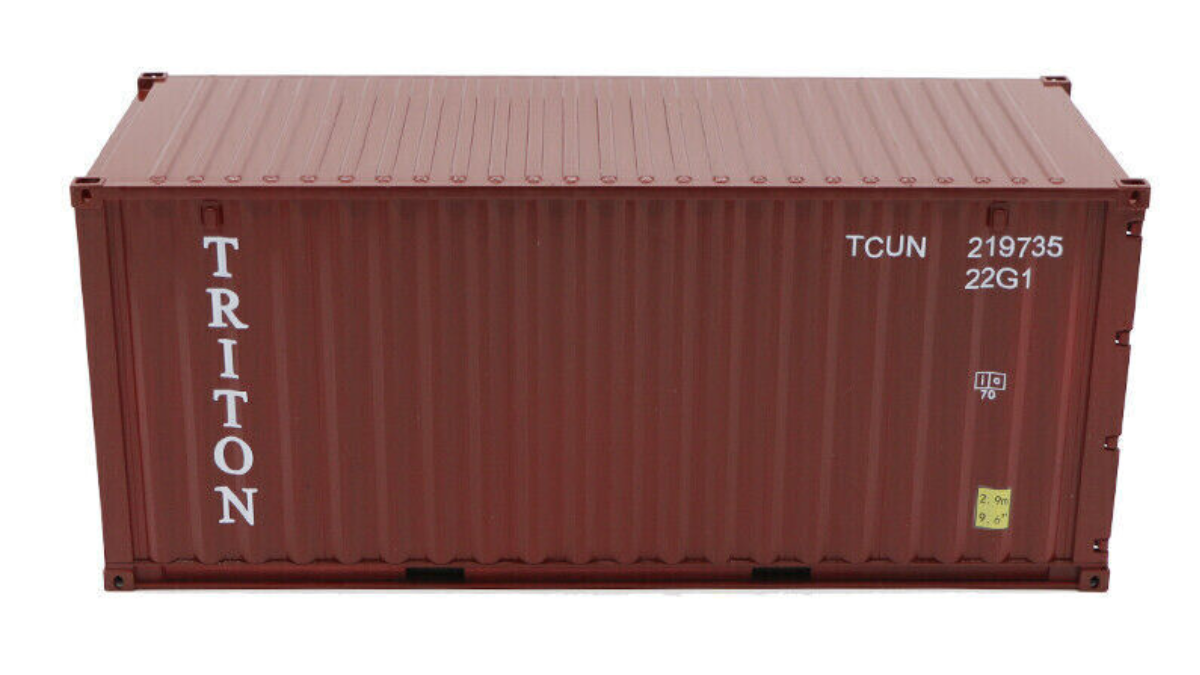20-Foot Container, dimensions and capacity
07 March 2023
20-ft container, dimensions and capacity
A 20-foot container, often referred to as a “20-footer,” is a standard intermodal shipping container widely used for transporting goods by sea, rail, or truck. These containers are commonly used in international trade and logistics due to their standardized size, which simplifies cargo handling and transportation. Here are the standard dimensions and capacity of a 20-foot container:
- External Dimensions:
– Length: 20 feet (6.06 meters)
– Width: 8 feet (2.44 meters)
– Height: 8 feet 6 inches (2.59 meters)
– Cubic Capacity: Approximately 1,170 cubic feet (33.1 cubic meters)
- Internal Dimensions:
– Length: 19 feet 4 inches (5.89 meters)
– Width: 7 feet 8 inches (2.34 meters)
– Height: 7 feet 9.75 inches (2.38 meters)
– Internal Cubic Capacity: Approximately 1,161 cubic feet (32.9 cubic meters)
- Door Dimensions:
– Width: 7 feet 8.25 inches (2.34 meters)
– Height: 7 feet 6.25 inches (2.29 meters)
- Weight Limits:
– Maximum Gross Weight (MGW): Typically, around 52,910 pounds (24,000 kilograms) when used for international shipping, but this can vary by country and shipping line.
– Tare Weight: Approximately 4,850-5,070 pounds (2,200-2,300 kilograms)
– Net Payload: The difference between the maximum gross weight and the tare weight, which gives you the maximum weight of cargo that can be loaded into the container.
Similar to the 40-foot container, the 20-foot container also has variations, such as the high-cube version. The high-cube 20-foot container has the same length and width as the standard 20-footer but is taller, with an internal height of 9 feet 6 inches (2.90 meters). This extra height allows for more cargo capacity.
The 20-foot container is a commonly used container size, particularly for smaller shipments and when space is limited. Its standardized dimensions make it easy to stack and transport on various modes of transportation and within container terminals and storage yards.


